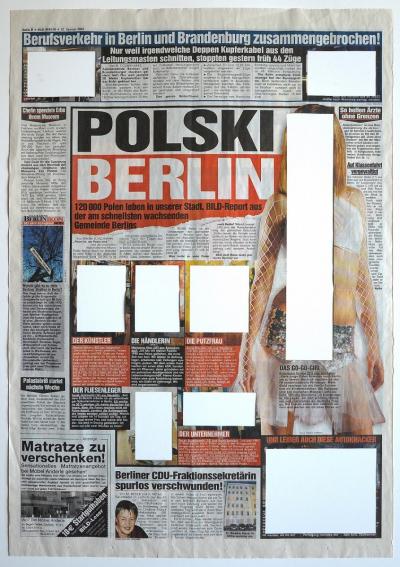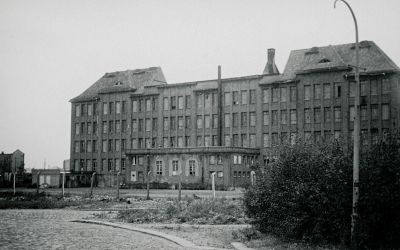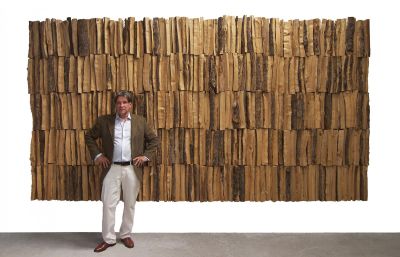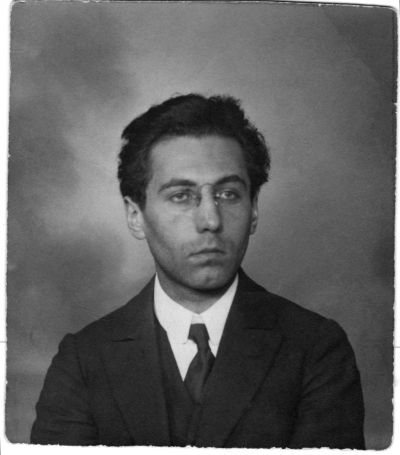Poles in Germany. Roads to visibility
Mediathek Sorted






















![„Pola Negri - unsterblich“ [‘Pola Negri - immortal’] „Pola Negri - unsterblich“ [‘Pola Negri - immortal’] - A film documentary about the life and work of one of Germany's greatest silent film stars of Polish origin. (German)](/sites/default/files/styles/width_100_tiles/public/pola_negri_-_filmstill_2_0.jpg?itok=2xsBI27X)
„Pola Negri - unsterblich“ [‘Pola Negri - immortal’]

„Drei Tage im November. Józef Piłsudski und die polnische Unabhängigkeit 1918“













Artur Brauner - Ein Jahrhundertleben zwischen Polen und Deutschland


Teresa Nowakowski (101) im Gespräch mit Sohn Krzysztof, London 2019.





Karol Broniatowski's memorial to the deported Jews of Berlin


Film "The Madman and the Nun" - St. Ignacy Witkiewicz, Filmstudio Transform, Director: Janina Szarek

WORMHOLE, 2008


Interview with Leszek Zadlo


ZEITFLUG - Hamburg







Der Planet von Susanna Fels
























![A film documentary about the life and work of one of Germany „Pola Negri - unsterblich“ [‘Pola Negri - immortal’] - A film documentary about the life and work of one of Germany](/sites/default/files/styles/width_100_tiles/public/pola_negri_-_filmstill_2_0.jpg?itok=2xsBI27X)





































Summary: The road to visibility
For Poles living in Germany it is much the same as for most migrant groups around the world: Some of them will always remain invisible, will want to quickly leave their heritage behind them or at least not demonstrate it in public, preferring instead to integrate quickly into the surrounding majority society. Others see their role as being to demonstratively hold on tight to their heritage whilst in emigration and to show this heritage to non-Polish fellow human beings as well. Many choose one of the numerous ways in between, these are European ways: Consciously living with several identities, one German, one Polish, perhaps one that’s Upper Silesian or Bavarian as well, and recognising this variety of individual identities as a richness in their lives. The cultural closeness of Poles and Germans means that it is even easier to confidently advocate Polishness together with Germanness, even if there will always be people who try to highlight the supposed incompatibility. But just how great are the differences between sauerkraut and kapusta kiszona, between bratwurst and krakowska, between cheesecake and sernik really? It is precisely this closeness that results in the most successful roads to visibility, building bridges and generating understanding.
Peter Oliver Loew, April 2020
Peter Oliver Loew, Historian, Director of the German Poland Institute, honorary professor at Darmstadt Technical University. His areas of interest include German-Polish relationships past and present, Poles in Germany, Danzig, aspects of literature and music.
Publications on this subject include:
Peter Oliver Loew: Wir Unsichtbaren. Geschichte der Polen in Deutschland. München: C.H. Beck 2014.
Peter Oliver Loew. My niewidzialni. Historia Polaków w Niemczech. Warszawa: Wydawnictwo Uniwersytetu Warszawskiego 2017.
(Published together with Dieter Bingen, Andrzej Kaluza, Basil Kerski): Polnische Spuren in Deutschland. Ein Lesebuchlexikon. Bonn: Bundeszentrale für politische Bildung 2018.
(Publ.): Lebenspfade. Polnische Spuren in RheinMain. Darmstadt: Deutsches Polen-Institut 2019



























































































